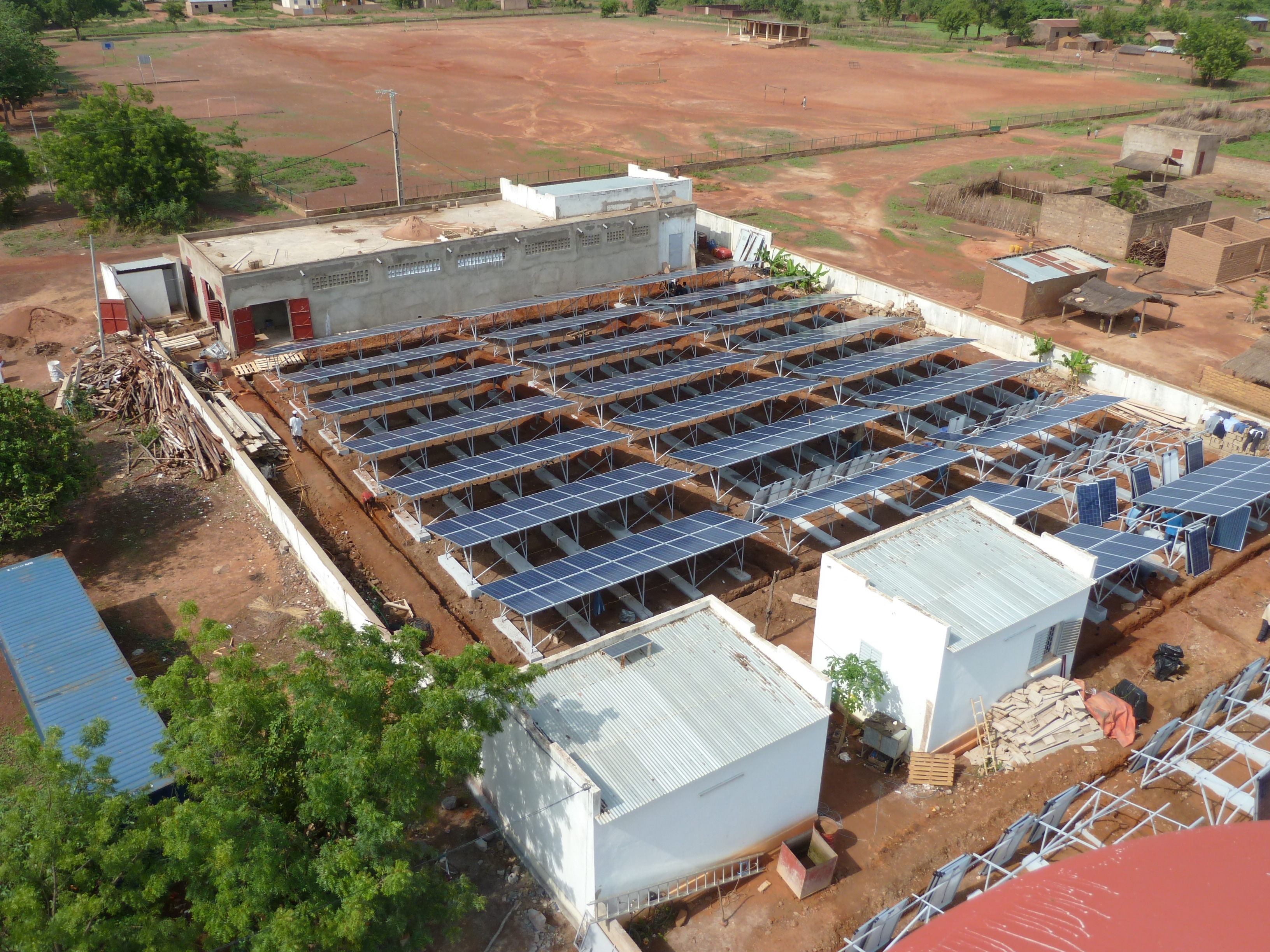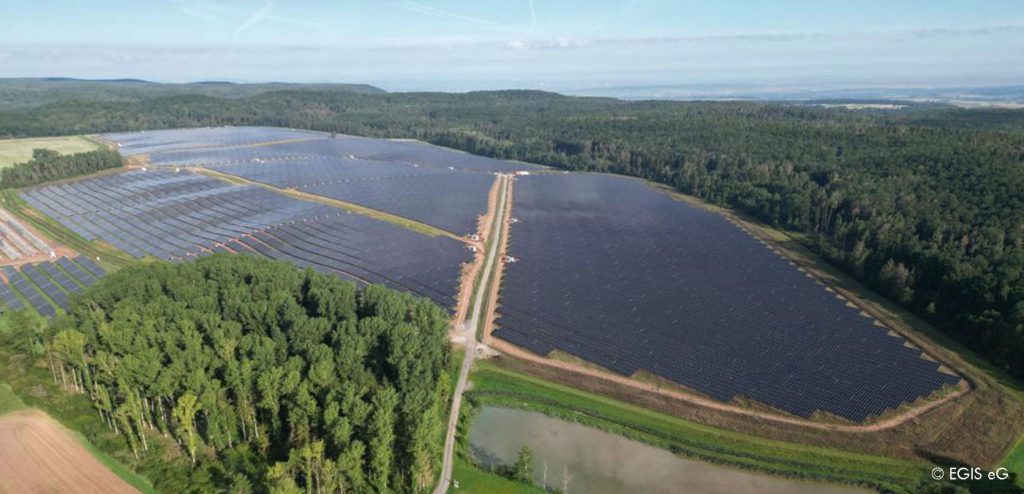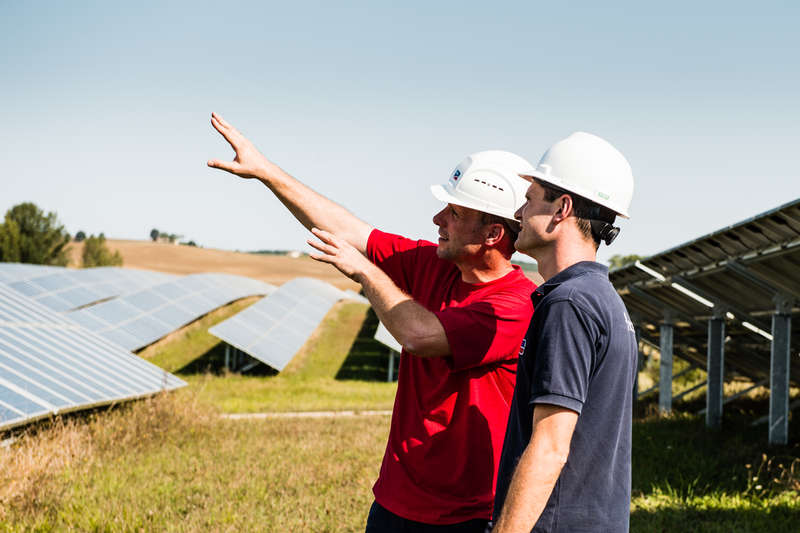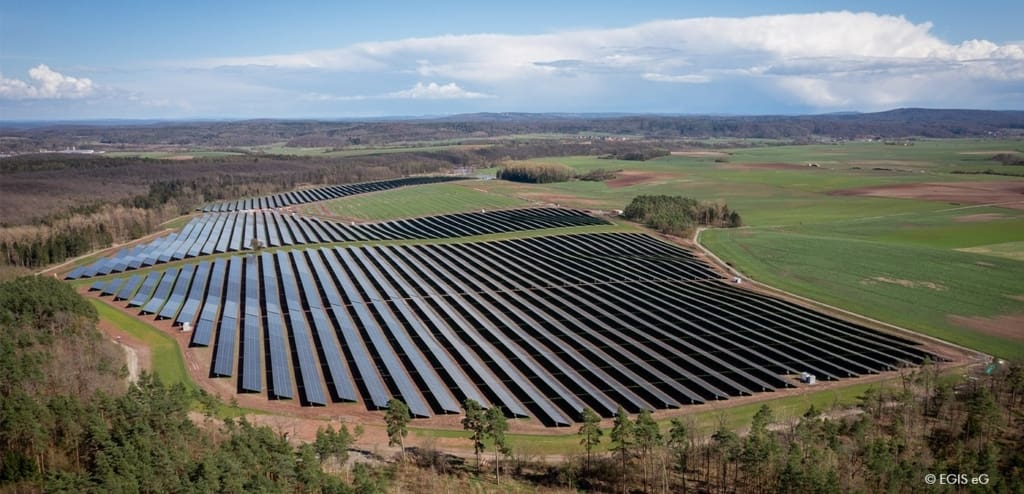What Does an Off-grid System Actually Do?

Dry red earth. The sun is shining. PV modules are gleaming in the light. The PV plant is operating at full capacity. We’re in Mali. An off-grid system was just recently commissioned here in this western African country. And now it’s supplying electric current to private homes, a school, several workshops, a hotel, and a number of businesses. Building an off-grid energy system like this one requires a reliable inverter that can create and manage a power distribution grid. And ours is called the Sunny Island. It provides a means to supply electricity to under-developed areas or even closer to home in a remote cottage in the German Alps using renewable energy.
Listen to the radio when the sun is shining
There are various possible options when setting up a stand-alone grid. A simple and easy method is to connect the loads directly to the device generating the power, for example, a PV cell. When the sun shines, the radio works. Another typical example is storing the solar energy in a battery for use later on. This method is referred to as direct-current coupling, or DC connection, where the device generating the electricity is connected to the load. It means that the direct current from the PV cell is used directly or stored in a battery for later use. However, the load needs to operate on DC for this to work, which isn’t always a viable option in terms of costs.
Solar Energy for Off-grid Areas
Direct-current coupling is still viable for small PV plants; however, it is not the case with energy supply systems with several energy sources and loads. Under-developed regions only add to this difficulty. Nevertheless, it is still possible to supply energy to remote areas if we apply AC coupling. This principle combines all components of the energy system, i.e., the systems generating the energy and the loads, on the alternating current side.
Using the Sun, Wind, and Water
The Sunny Island battery inverter is connected to a battery bank and constitutes the AC grid. It is possible to integrate a variety of methods into this off-grid power distribution grid in order to generate electricity, particularly when using renewable energy sources: PV plants, wind turbine systems, hydroelectric power plants, and small CHP plants. And the best part about it is that the system is flexible. It can be fed with locally-sourced energy like from the sun, wind, or water. The system can be adapted to ideally match the local conditions. Even diesel generators can be integrated into the system. They can be resorted to when the state of charge of the battery is low and provides insufficient electricity for users. Small Sunny Island systems can be gradually expanded into larger-scale systems as a result of the parallel connectability of all energy sources and loads, depending on the electricity demand and available financing.
Principle of an Off-grid System
An off-grid system with a PV plant: direct current is generated in the PV modules when the sun shines. The PV inverter converts this energy into alternating current and feeds it to the AC grid, which is made up of the off-grid inverter. The off-grid inverter regulates the voltage and frequency of this grid and determines where the supplied energy goes. Is there a need for the electric current right away because several loads are running at full capacity? Or does the system have surplus energy? If the latter is the case, the inverter draws energy from the power distribution grid and uses it to charge the batteries. If needed, the electric current stored in the batteries can be made available. Energy not needed during the day will be available at night, e.g., for street lighting.
Electricity for Development Prospects
More than two billion people today still don’t have access to electricity. After all, many things are dependent on electricity, including clean drinking water, education, health, and economic development. Recently the Sunny Island system was commissioned in Mali with two of the largest off-grid PV plants in Africa: “Our off-grid systems do not only supply electric current to households, they also make a major contribution to the local value-added chain,“ explains Executive Vice President, Off-Grid Solutions at SMA, Volker Wachenfeld. Along with private households, a school, workshops, a bakery, a hotel, and other shops in Mali are connected to the system. “That’s especially important to us, because only strengthening the local economy will make the residents of the village truly self-sufficient,“ comments Wachenfeld. And this is the only way to make rural electrification really sustainable.





Hi, I have a question about the Sunny Island battery chargers. How do you determine the size of the Sunny island. For example. I have a load profile of 26 kWh every day. According to Sunny Design 23 QJ Solar 300 Wp PV modules will produce around this number every day. I want days of autonomy to be one. How do I size the Sunny Island? I cannot find the correct answer by using Sunny Web Design. Thank in advance for a reply. Have a nice new years eve as well Regards Johan